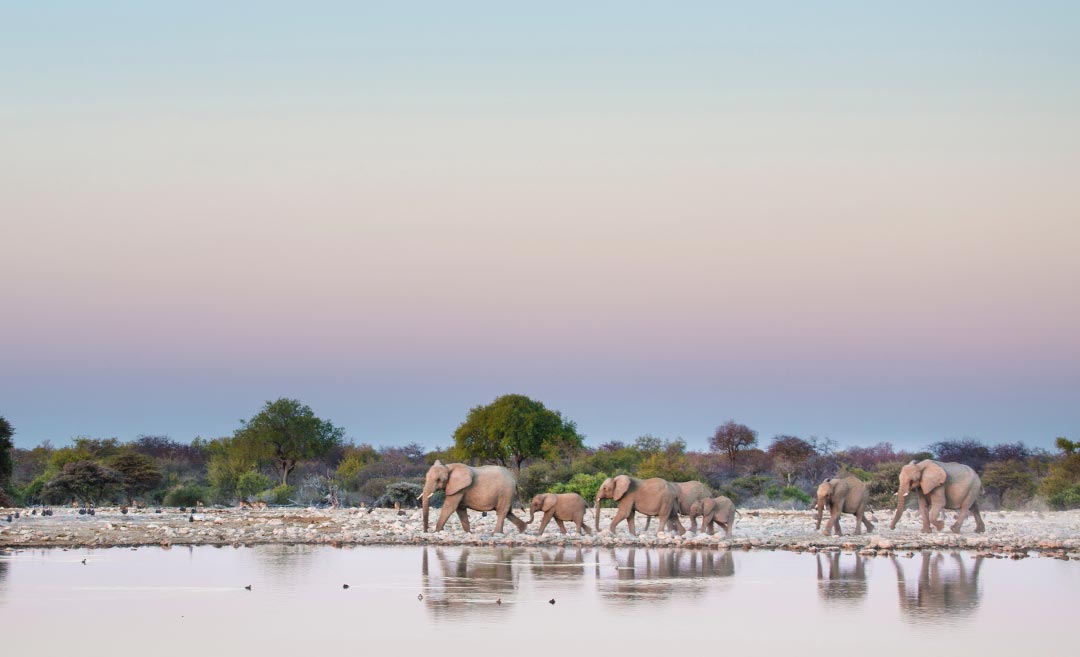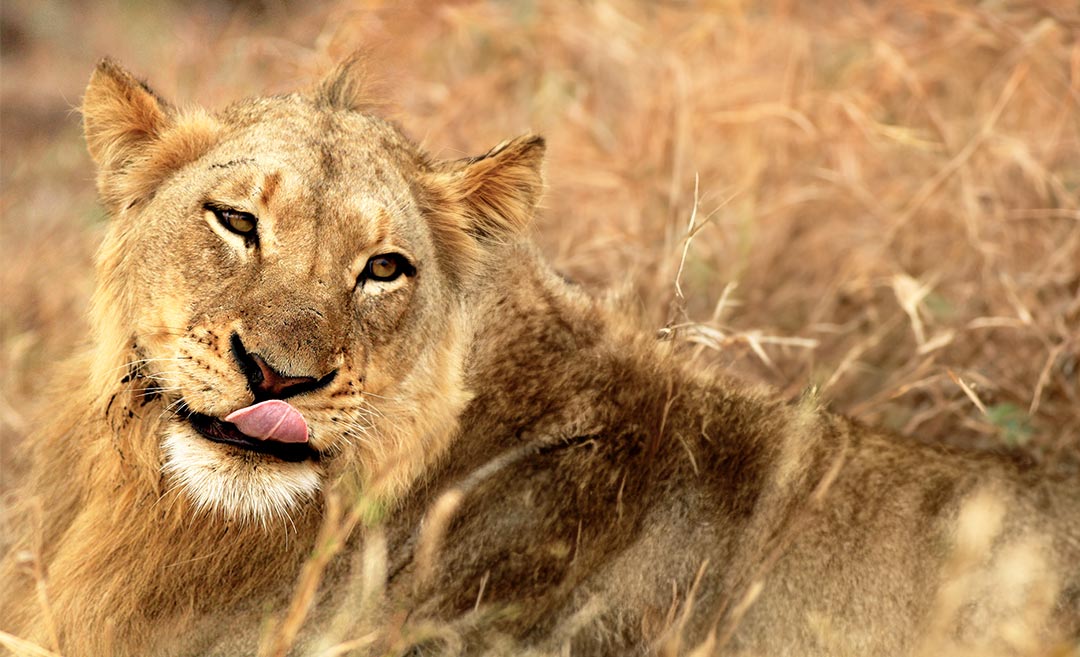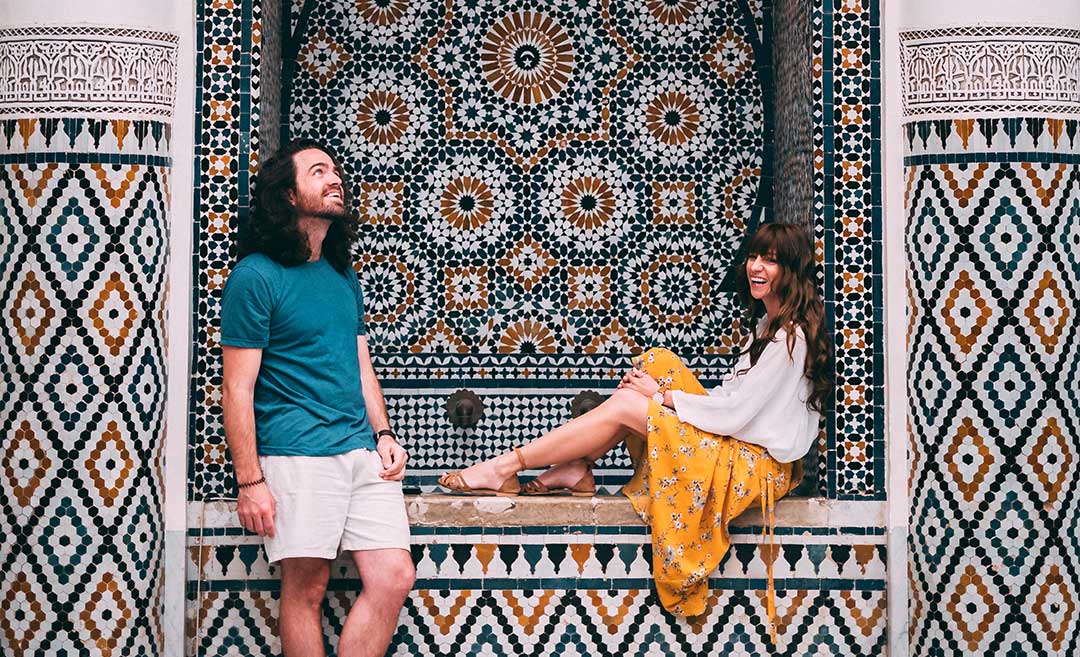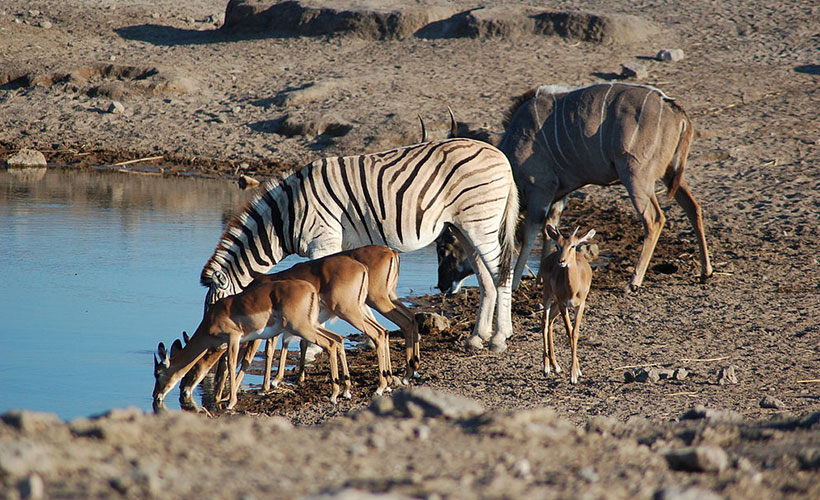Patience is definitely a virtue for admiring wildlife, although visiting the plains of Africa certainly makes it easier. In years gone by, trophy hunters travelled to Africa to hunt and shoot numerous animal species, but now, tourists mostly travel here, and most come to ‘shoot’ wildlife with their cameras. Sadly, legal and illegal hunting still occurs in some African countries, but there is increasing global pressure to eliminate both.
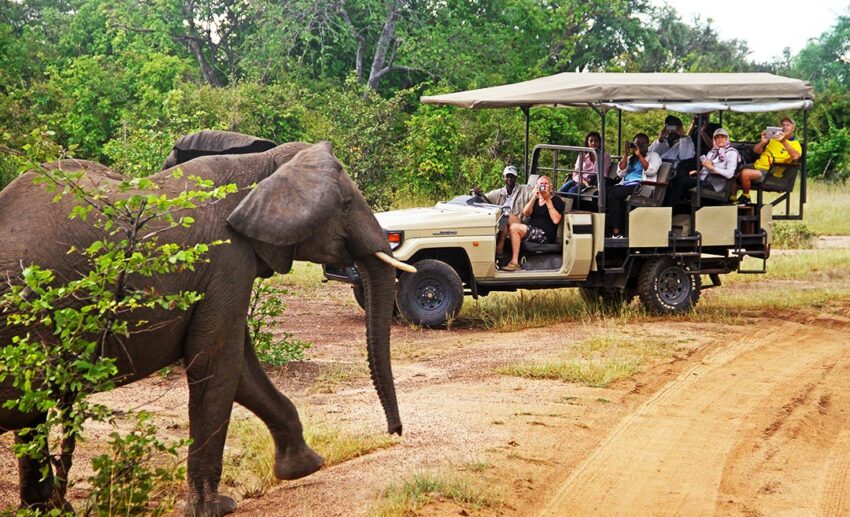
There are several countries in southern Africa where conditions are perfect for sighting animals, but on a recent trip, it was Zambia that was firmly in my camera’s viewfinder. Zambia is a landlocked island surrounded by eight other countries, and the vast majority offer excellent wildlife opportunities too.
Travelling from Asia to Africa is complicated, and countries such as Zambia require a transit or two through airports along the way. There is no alternative, but it’s most rewarding once you arrive at remote destinations such as Kafunta River Lodge near South Luangwa National Park. My flight touched down in Lusaka, the Zambian capital, and from here, I flew on a domestic flight with Proflight Zambia to Mfuwe International Airport.
Checking into my riverine lodge
Kafunta River Lodge, just outside the national park, had come highly recommended, and several members of its staff were waiting for me at what must be one of the world’s smallest international airports (international because the occasional flight from neighbouring Malawi touches down here). The lodge is one of several located along the eastern bank of the expansive Luangwa River, less than a 20-minute drive to the main gate of the national park.
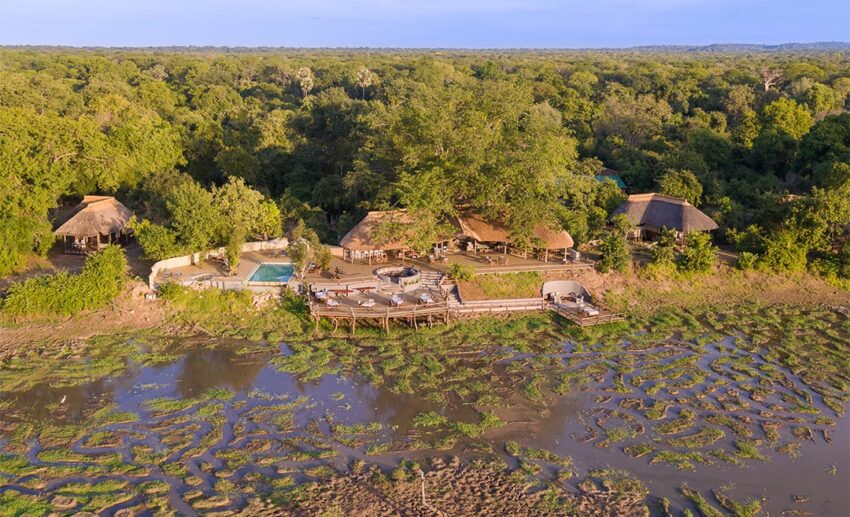
While checking into my room, the lodge staff told me to clap my hands twice if I wanted to visit the restaurant or bar after sunset. There are no fences, wild animals roam around the lodge, and staff are assigned to accompany guests back to their lodge after dark. I know that many guests don’t always listen to instructions, but this is one that every guest needs to follow.
My chalet was well appointed with a ceiling fan, flyscreens, a mosquito net over the bed, tea and coffee-making facilities, hot showers, a fridge, and a spacious semi-open verandah for watching the wildlife grazing on the floodplain. While the lodge has internet, there are no phones or televisions in the chalets. Their recently opened Sunset House is scandalously gorgeous and perfect for families and small groups.
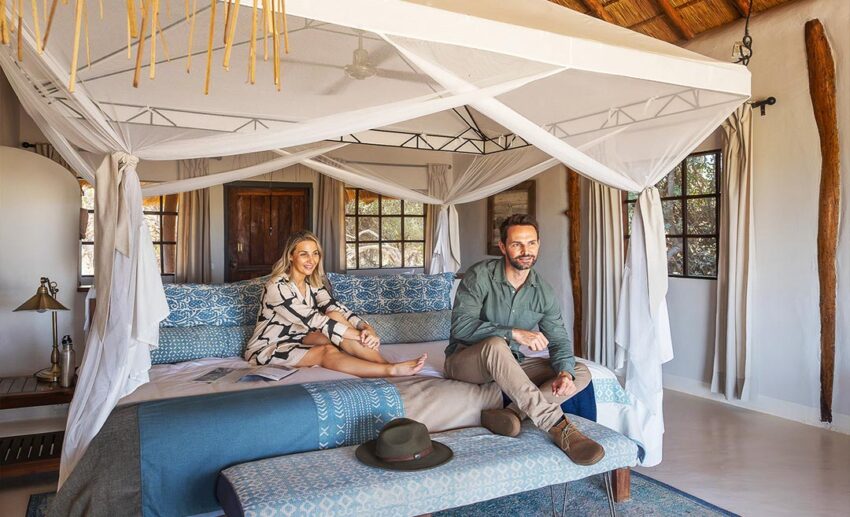
Apart from the bar and restaurant, Fig Tree Spa offers foot, back, and neck massages using Swedish massage techniques. Guests can also relax in a pool and a natural hot tub, while photographers will be keen to get some impressive images in a hide located onsite.
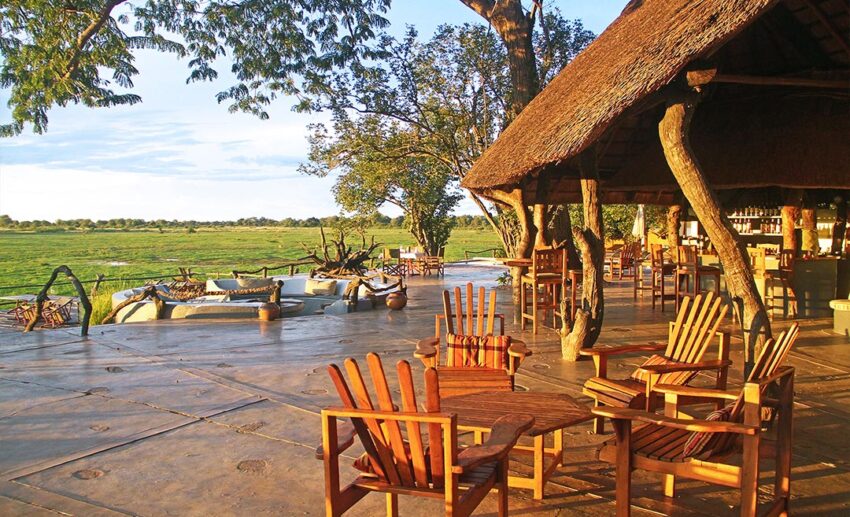
Experiencing wildlife with Kafunta safaris
Visitors travel to South Luangwa to see animals in the wild, and the national park doesn’t disappoint. Kafunta River Lodge has a small fleet of high-axle, open-sided vehicles that head out on safari at various times of the day, but especially at dusk and dawn when most wildlife is active.
Training and experience help, but safari drivers and guides have keen eyes and will generally locate animals well before anyone else. They then manoeuvre the vehicle at a distance from the wildlife so that everyone can enjoy an uninterrupted view. These purpose-built vehicles are perfect for wildlife photography as there is sufficient space to ensure fellow travellers don’t obscure the view for other passengers.
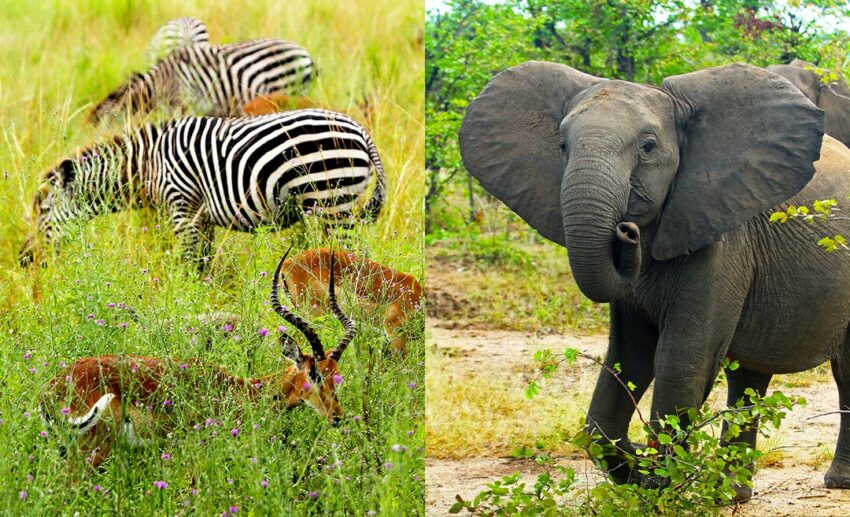
Within minutes of setting off, we encountered a family of elephants grazing on the lush vegetation that flourishes during the wet season. What amazed me was how nonchalant the elephants were about our presence; they simply continued as if we were not present. During the few days that I was at Kafunta River Lodge, this behaviour was the same as that of most other animals we sighted during our safari drives.
Zambian wildlife we encountered
As the safari progressed, we started ticking off animals such as the Common Waterbuck, Puku, Impala, Crawshay’s Zebra, Common Warthog, Velvet Monkey, and Spotted Hyena.
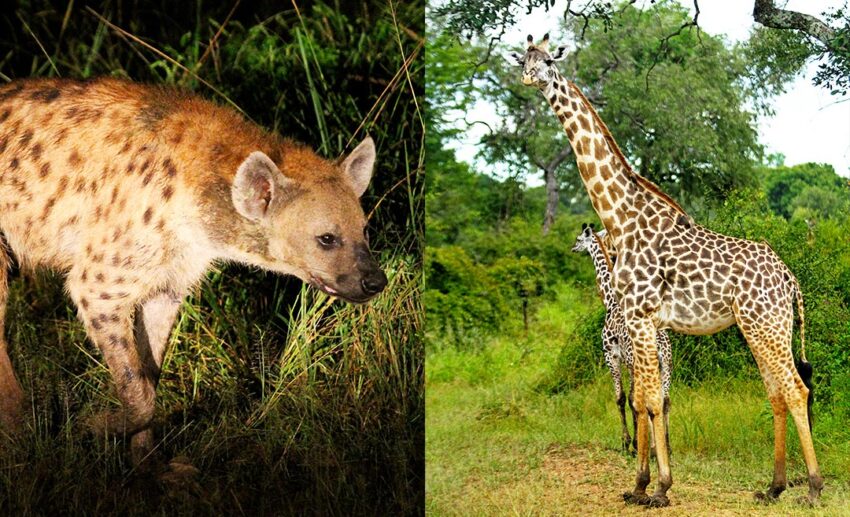
Next, we spotted half a dozen Thornicroft’s (or Rhodesian) Giraffes, which are endemic to the Luangwa Valley. It was an amazing experience, especially when our guide informed us that only 500 of these subspecies survive on the planet and are only found in this part of the world.
Birdwatchers will also love the park, as over 500 bird species have been identified. Most are residents, while others are migratory, coming and going, depending on the season. I enjoyed watching ever-active White-fronted Bee-eaters flitting just above the savannah grassland, feeding on insects. On another game drive, we got very close to a flock of Helmeted Guinea Fowl grazing in the grassland.
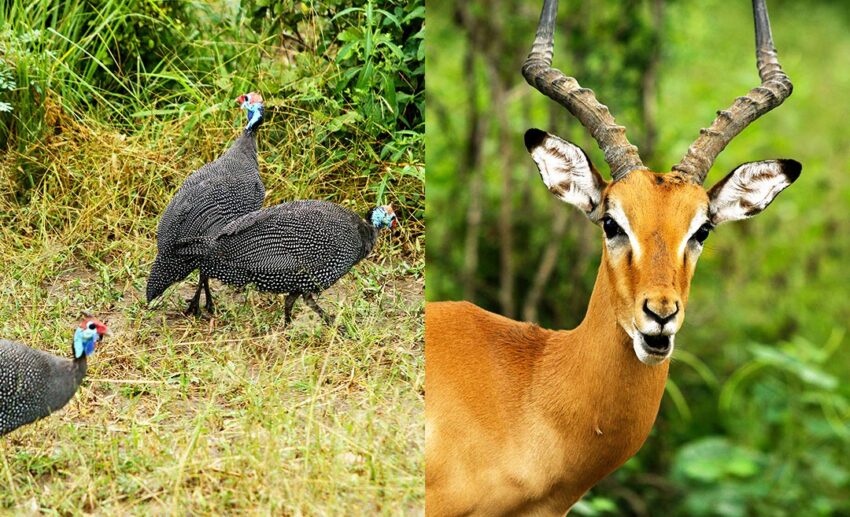
Fortunately, I came prepared with a pair of binoculars, and if I were to offer any advice to those planning an African wildlife safari, it would be to take a pair of binoculars. Despite getting closer to many animals, others are flighty and difficult to see.
Most visitors want to see lions, and up until the last day, our only sighting was two young male cubs. The guide told our group that lions were constantly on the move while covering a large territory and that just a few days earlier, he had sighted a pride of 22 lions. While not as commonly sighted as in other African parks, it was exciting to sit and admire the two cubs while wondering where the rest of the pride was hiding.
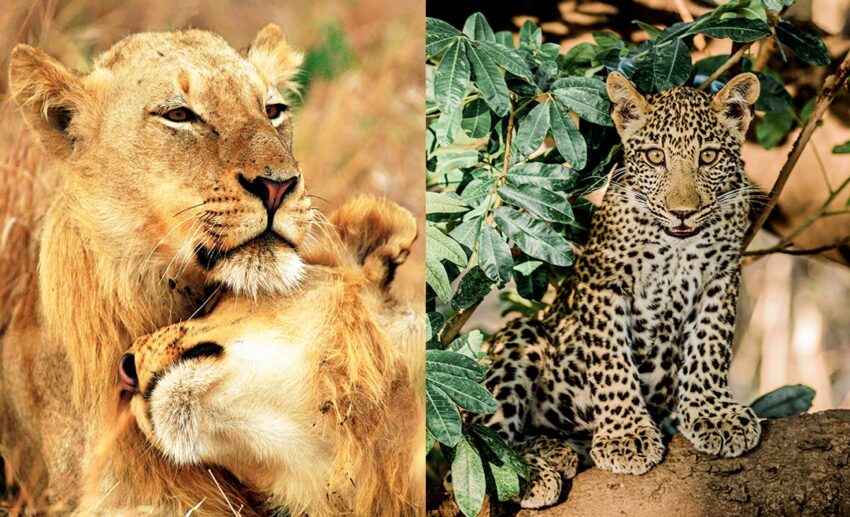
Luangwa is also known as the ‘Valley of the Leopard,’ and it is definitely a top destination for seeing leopards in Africa. Wild dogs were rarely mentioned in the last ten years, but they are now one of the top predators in the Luangwa and also Zambia’s biggest population.
The nitty-gritty and beyond
Wildlife safaris are staged in the mornings and afternoons, and while the time varies from summer to winter, it generally means waking before the sun rises for breakfast and then driving out at 6:30am. Most safaris return at 11am for an 11:30am brunch, and then some rest is taken before afternoon safaris depart at 3:30pm, followed by dinner at 7:30pm. During the afternoon drive, time is taken for sundowner drinks as the sun sets. These times tend to be standard in Zambian game lodges and many other parts of southern Africa.
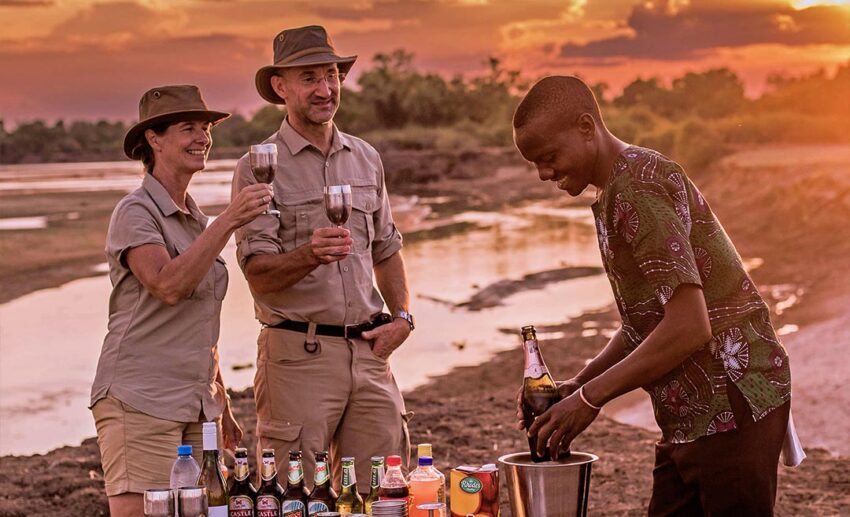
Guests can, if they want, participate in a range of other activities that benefit local community members. As a founding partner of Project Luangwa, the lodge helps to build and renovate local schools, provide the students with desks and books, sink boreholes, and organise greening of school activities. The lodge also supports Conservation South Luangwa and the Chipembele Wildlife and Education Trust, so the tourist dollars spent here have a multiplier effect within the valley.
Travelling to Zambia
Ethiopian Airlines flies from Kuala Lumpur to Zambia via Addis Ababa, the Ethiopian capital. There is a change of aircraft for the final sector to Lusaka, the Zambian capital. The total flying time is about 22 hours, with stops in either Singapore or Bangkok, plus Addis Ababa and Harare. Proflight Zambia operates flights from the Zambian capital, Lusaka, to Mfuwe International Airport to access the Luangwa Valley.
Accommodation
Kafunta River Lodge offers deluxe safari chalets located just above the floodplain of the Luangwa River. Outside of the rainy season, the lodge operates a pontoon with immediate access to the national park. Meals in the lodge are served in the open air, and an atmospheric, semi-open bar adds to the enjoyment of being in a remote setting. The lodge also operates two additional remote camps, Three Rivers Camp and Island Bush Camp, on a seasonal basis (end of May until the end of October).
For more information on tourism in Zambia, visit Zambia Tourism Agency.
*All images by David Bowden unless stated otherwise.

